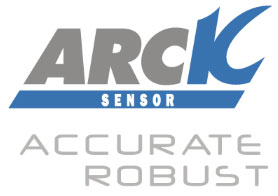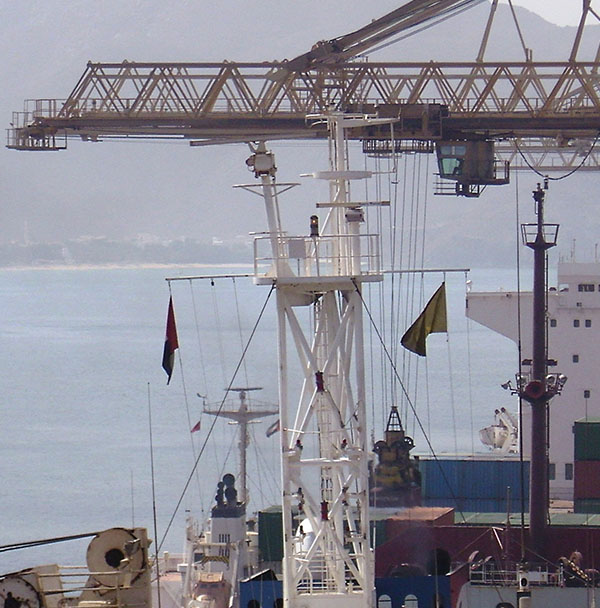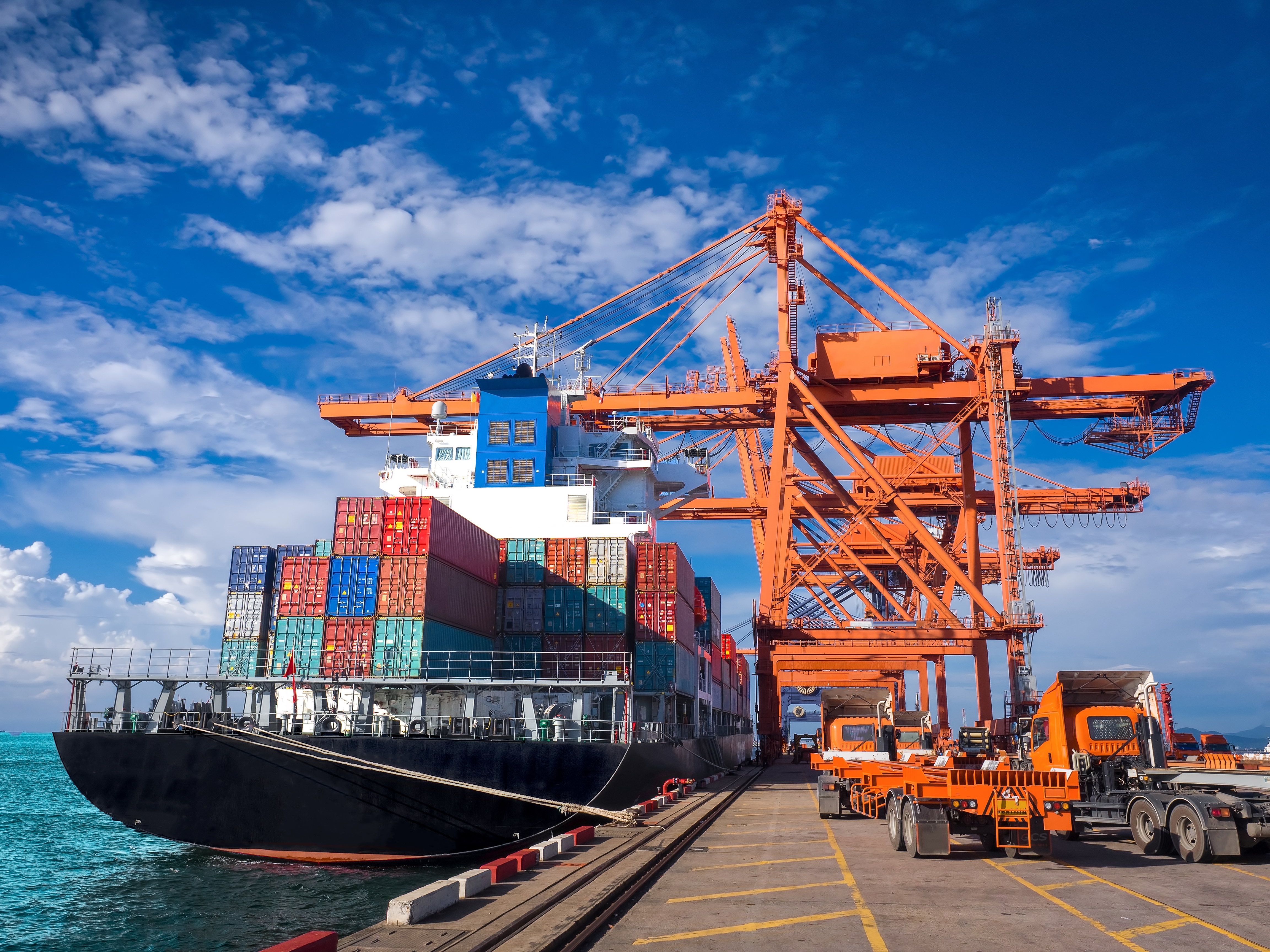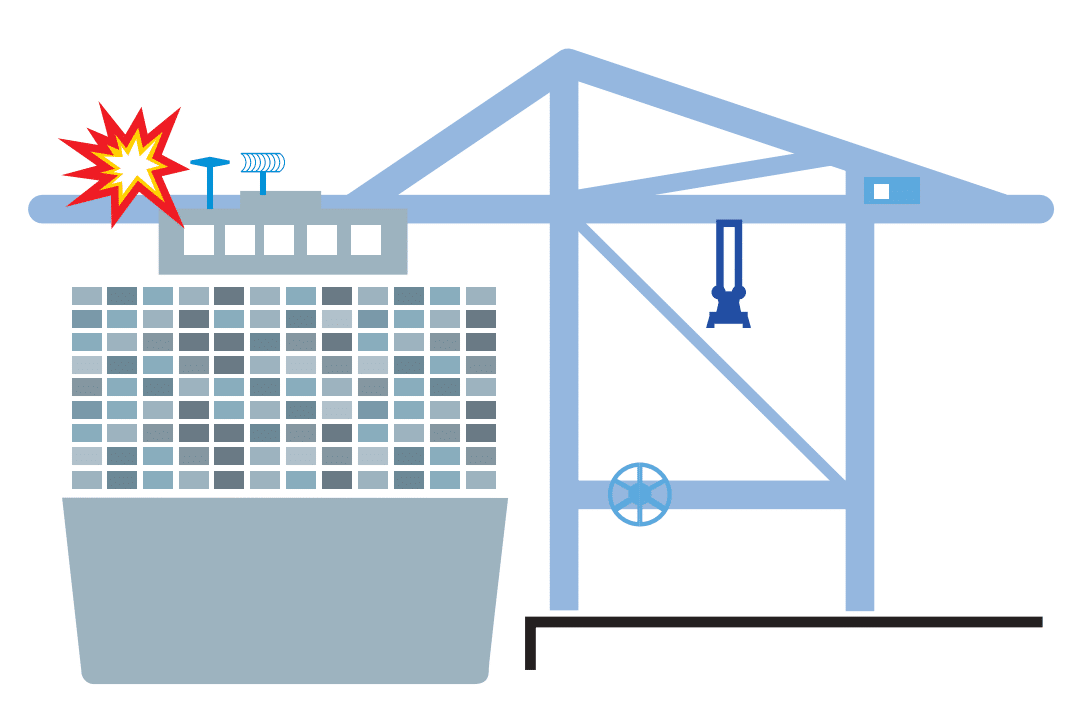Professional organisations have recommended minimum safety features for quay container cranes to reduce injuries, loss of life, damages and delay to port and terminal operations worldwide.
One of these recommendations is the installation of boom anti-collision sensors, which have been proven to prevent significant damage cost and business disruption, as well as enhance safety for crane drivers, stevedores and ships’ crews.
With boom/ship collisions potentially costing millions of dollars, it may be safe to assume that such a system should be prescribed, or specified by insurance companies for all new quay cranes.
DISTER DT150/11 is a FMCW-Radar working in the frequency range from 24,000 – 24,250 GHz.
The antenna characteristics is 150° (±75°) horizontal and 11° (±5,5°) vertical.
DISTER DT150/11 has an extremely wide beam angle and it is therefore used to avoid boom collision with the upper part of the vessel.
Your benefits
Our commitment
Decisive advantages for securing your position vis-à-vis your clients and beyond your competitors
- Safety: enhanced prevention of accidents or collisions for people, materials and equipments; reduced stress and fatigue on the crane operator as well as on hoisting equipment
- Availability and cost-saving: lower operational and maintenance costs, reduced insurance premium
- Reliability and predictability: special design and robustness for severe environments, continuous operation even in harsh ambient conditions
Accurate and Robust
The sensor technology, its specific design and ruggedness are approved for severe environments; ambient light immunity.
Certified by Arck Sensor
“We are committed to offering robust and accurate products of the highest quality.”
Eric Rumeau, President
Eric Pautal, General Manager







